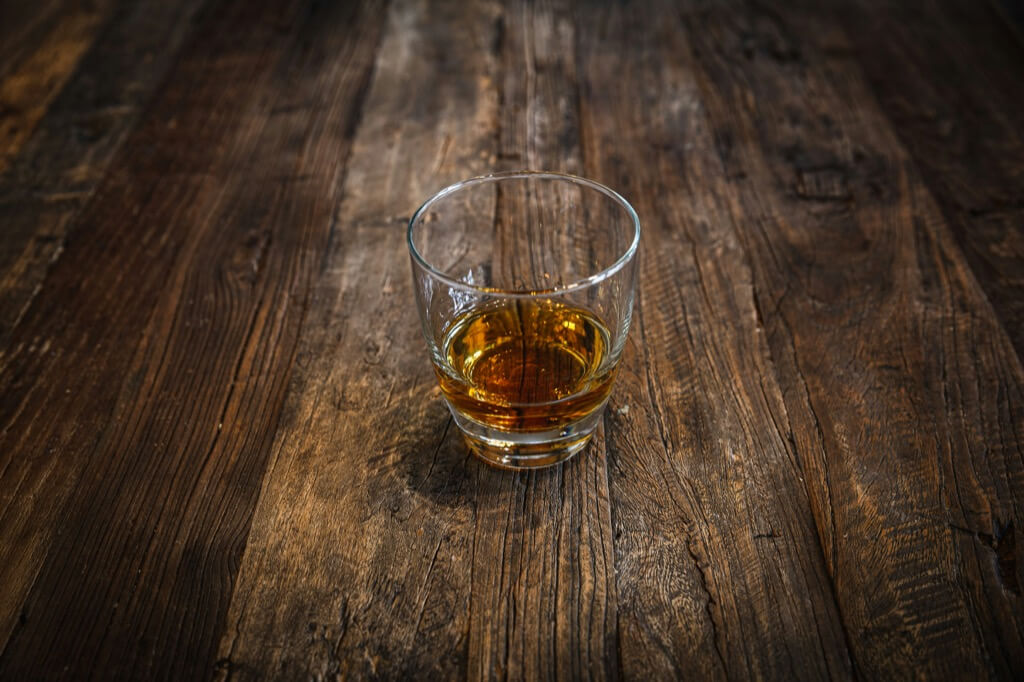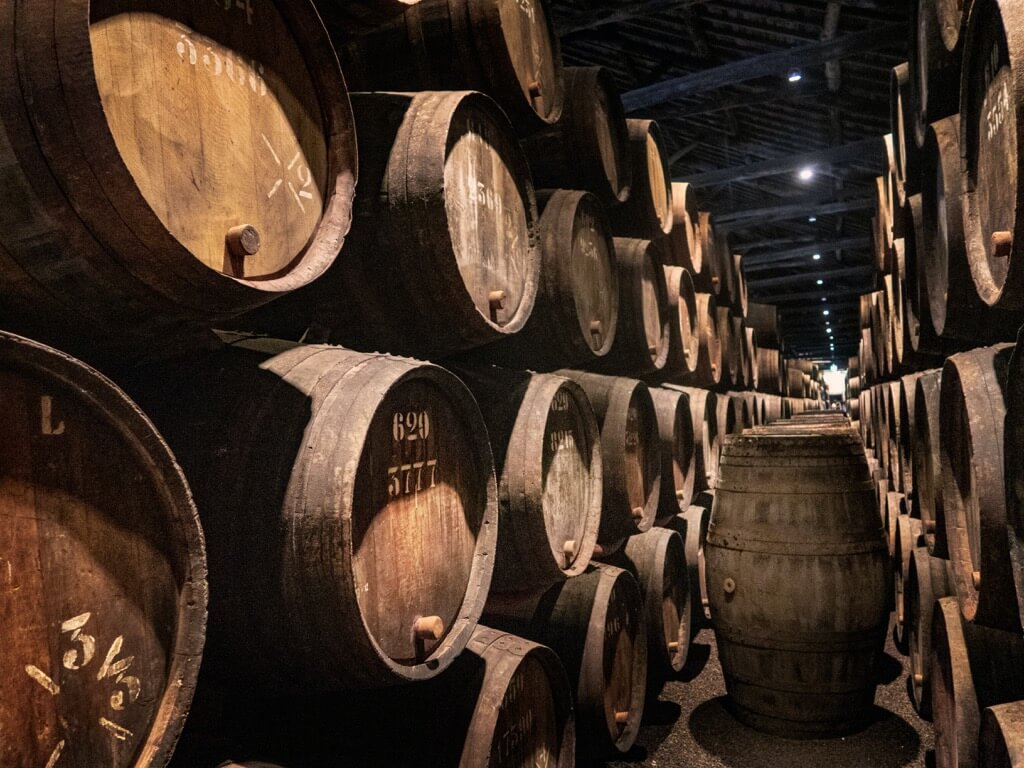Australia has quietly carved out a unique niche that demands attention within the whiskey industry. No longer content to linger in the shadows of Scotch, Australian distillers are embracing rye whiskey, bringing to it a fresh and innovative approach that reflects the country’s rugged terrain and resilient spirit.
The story of Australian rye whiskey begins with a scene straight out of the rural heartland. Stu Whytcross, of Voyager Craft Malt, stands in a dusty stockyard of a struggling farm in southwest New South Wales. This region, a transitional zone where the lush east coast gives way to the arid Outback, sets the stage for a story of innovation and perseverance. At a clearance auction, Whytcross’s winning bid on a bag of seed rye would lay the foundation for what would become a globally acclaimed whiskey, demonstrating the potential of Australian agriculture to produce world-class spirits.
Voyager, a boutique malt company, is at the forefront of this movement, sourcing grains from local farmers and pioneering the development of new and heritage grains. The rye, with its obscure origins and adaptation to the challenging Australian environment, symbolizes the spirit of innovation that characterizes the country’s approach to whiskey-making.
What Australian Terroir Brings To The Mix
The unique conditions of Australia’s landscape contribute significantly to the distinct flavor profile of its rye whiskey. The rye varieties cultivated here, such as Bevy and Vampire, excel in the marginal, dry conditions, yielding grains that are smaller and less abundant but packed with intense flavors. This “concentrated earthy, spicy funk” is the hallmark of Australian rye, setting it apart from its international counterparts.
Unlike the rye found in North America, Australian rye boasts a grain-forward flavor that can be likened to liquid rye bread, offering a stark contrast to the sweeter, bourbon-like qualities of many American ryes. This distinction is a point of pride for Australian distillers, who strive to capture the essence of their homeland in each bottle.
Australian rye whiskey makers draw upon a blend of traditional and innovative techniques to craft their spirits. Archie Rose Distilling Co. and other pioneers in the field have adapted methods from single malt Scotch production, such as malting, double distillation in copper pots, and aging in ex-bourbon or ex-wine casks. However, the goal is always to produce something unmistakably Australian, a spirit that embodies the character and resilience of the land.
Peter Bignell of Belgrove Distillery epitomizes the artisanal, hands-on approach to whiskey-making in Australia. His farm-to-glass ethos, utilizing surplus rye and a homemade copper still, underscores the deep connection between the land and the spirit it yields. The resulting whiskey is as unique and multifaceted as the landscape itself.
Innovation vs. Tradition in Australian Whiskey Aging
Australian distilleries experimenting with new aging techniques, such as utilizing native Australian woods, versus adhering to traditional oak barrel aging, presents an intriguing blend of potential benefits and drawbacks. This innovative approach reflects the industry’s desire to infuse whiskey with distinct, local characteristics, while also navigating the challenges of diverging from established traditions.
Benefits
- Unique Flavor Profiles: Native Australian woods like Jarrah, Tasmanian Oak, or Red Gum can impart unique flavors not achievable with traditional oak. These woods may offer a range of previously untapped flavor notes, such as eucalyptus, spice, or floral tones, providing whiskey enthusiasts with new tasting experiences.
- Local Terroir Expression: Using native woods can deepen the expression of Australian terroir in whiskey production. This approach allows distilleries to craft spirits that embody the essence of their specific environment, strengthening the connection between the product and its place of origin.
- Innovation and Differentiation: By embracing native woods, Australian distilleries can differentiate their products in a crowded market. Innovation in aging processes positions Australia as a leader in whiskey evolution, attracting global interest and potentially opening up new markets.
- Sustainability: If native woods are sustainably sourced, this approach can align with environmental values, reducing the carbon footprint associated with importing foreign oak and promoting local ecosystems’ health.
Drawbacks
- Risk of Undesirable Flavors: The use of native woods comes with the risk of imparting harsh or undesirable flavors. The absence of the deep understanding that exists with traditional oak means there could be unexpected interactions between the wood and the spirit.
- Consistency and Quality Control: Achieving consistency in flavor and quality may be more challenging with native woods due to variations in wood characteristics and a lack of established aging protocols. This could lead to unpredictability in the final product’s quality.
- Regulatory and Market Acceptance: Adhering to the strict regulations governing whiskey production and achieving market acceptance can pose challenges. Traditionalists may be skeptical of whiskeys aged in non-oak woods, and there may be regulatory hurdles related to the definition of whiskey based on aging processes.
- Research and Development Costs: The exploration of new aging techniques requires significant investment in research and development. Distilleries must invest in testing different woods, aging times, and conditions to ensure the final product meets quality standards, which can be costly and time-consuming.
- Aging Process Complexity: Different woods have varying levels of porosity, chemical compositions, and tannin levels, affecting the aging process’s efficiency and outcomes. Distillers must navigate these complexities to achieve the desired balance and complexity in the whiskey.
Using native Australian woods presents a bold step forward for Australian distilleries, offering the potential to create unique, terroir-driven whiskeys that reflect the landscape’s diversity. However, this innovation must be balanced with careful consideration of the challenges, including managing the risks associated with flavor profiles, consistency, regulatory acceptance, and the costs associated with pioneering new methods.
Bringing Australian Identity To The Whiskey Industry
The rise of Australian rye whiskey represents more than just an addition to the global whiskey scene; it reflects a growing desire among Australian distillers to forge a distinct identity. Distilleries like The Gospel in Melbourne are reimagining traditional practices, using local grains and aging methods to create rye whiskeys that are both familiar and entirely new.
This movement towards rye production is driven not only by the pursuit of flavor but also by environmental considerations. Rye is a crop that thrives in Australia’s challenging agricultural conditions, requiring less water and fertilizer than other grains and offering benefits for soil health and biodiversity.
It’s Becoming Increasingly Popular On a Global Scale
As the world of artisan whiskey becomes increasingly crowded, Australian distillers are finding that their unique approach to rye whiskey sets them apart. By focusing on heritage grains, local yeast strains, and the specific microclimates of their regions, these distillers are contributing to a broader conversation about terroir in whiskey production.
The praise that Australian rye whiskeys have received on a global scale is evidence of their high quality and uniqueness. With each bottle, distillers are sharing a taste of the Australian outback, inviting whiskey enthusiasts around the world to experience the rugged beauty and innovative spirit of Australia.
Our Top Picks For Australian Rye Whiskies
The Gospel Straight Rye Whiskey
Renowned for its adherence to traditional American rye whiskey processes, this Melbourne-based distillery produces a whisky that is rich and complex, highlighting the robust character of unmalted rye aged in charred American oak barrels.
Archie Rose Rye Malt Whisky
This Sydney-based distillery has garnered international acclaim for its innovative approach to rye whisky. Utilizing unique heritage rye varieties, it delivers a taste experience that bridges traditional craftsmanship with modern flair.
Belgrove Rye Whisky
Belgrove, run by the multifaceted Peter Bignell in Tasmania, is renowned for its paddock-to-bottle philosophy, which results in whiskies with a distinctively earthy and rich profile that are as distinctive and compelling as their creator.
Backwoods Distilling Co. Rye Whisky
From Victoria’s picturesque High Country, Backwoods crafts a whisky with a complex mash bill, resulting in a layered and earthy drinking experience that showcases the quality of Australian rye.
Tiger Snake Rye of the Tiger
With its bold, spirit-forward character and rye and malt blend, this whisky from Albany’s Great Southern Distilling Company pays homage to traditional rye whiskies.
The future of Australian rye in the whiskey industry is promising due to its unique approach to whiskey making, focusing on sustainability, innovative use of native grains, and distinct aging processes. This not only diversifies the global whiskey market with high-quality, distinctive options but also promotes environmentally friendly practices. Australian rye’s contribution emphasizes the region’s capability in crafting exceptional spirits and encourages the industry towards more sustainable production methods, potentially influencing global trends towards greater ecological consciousness and innovation in whiskey production.




